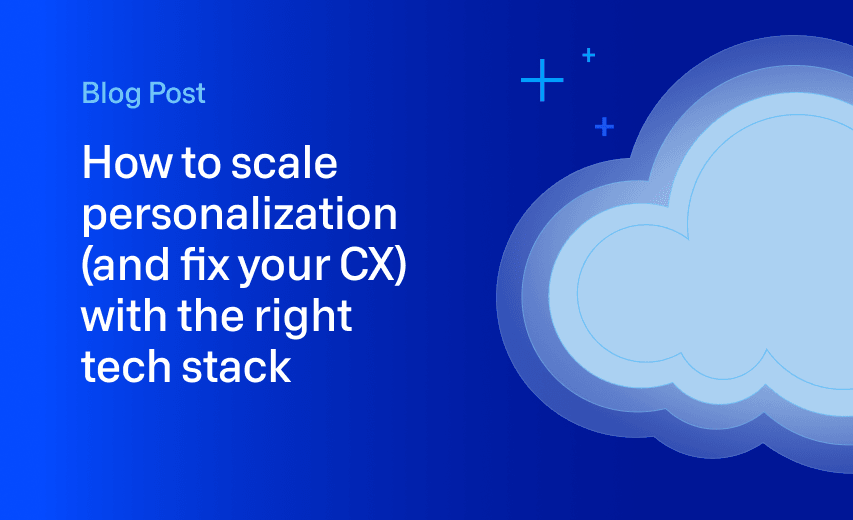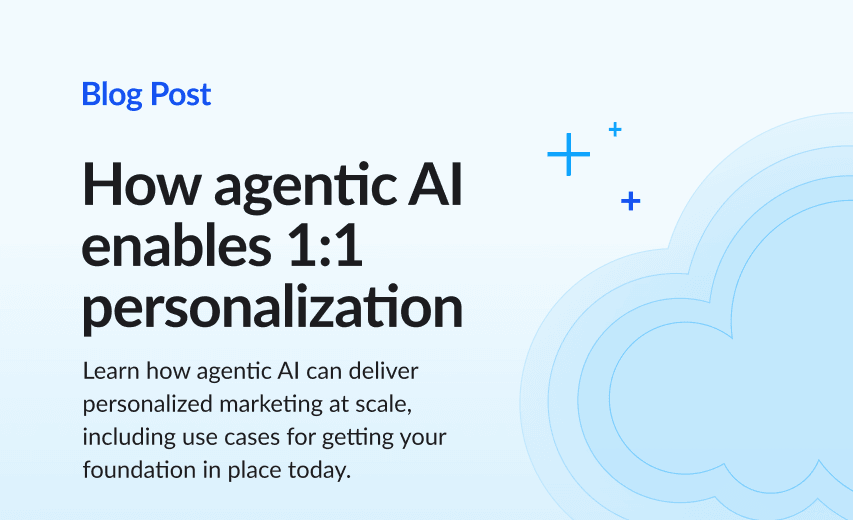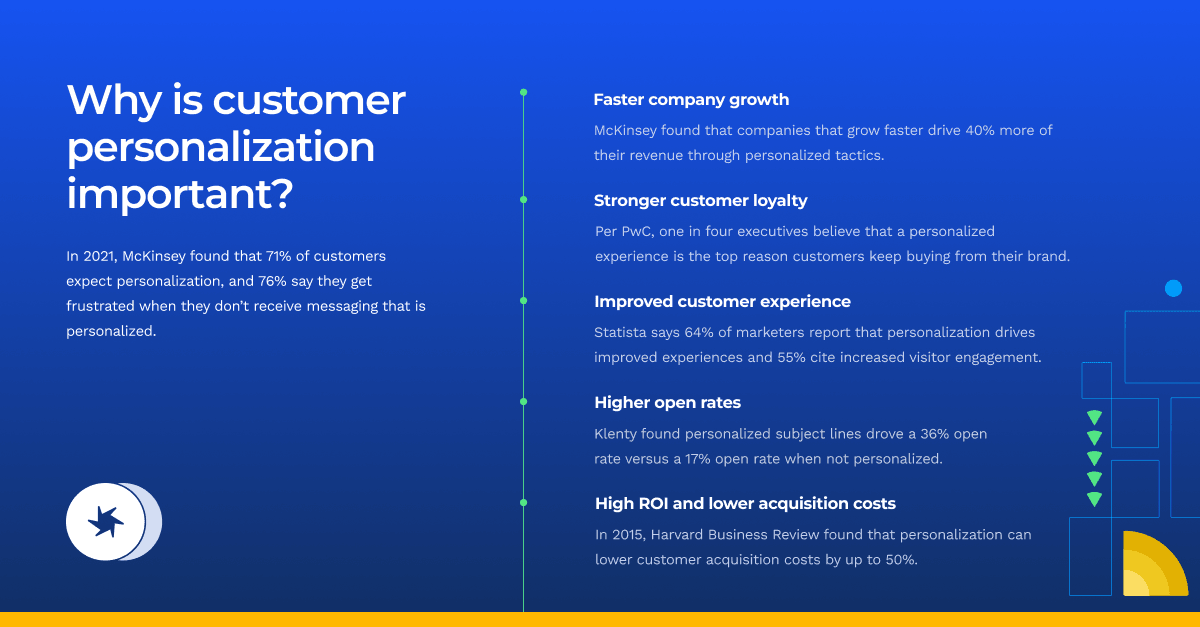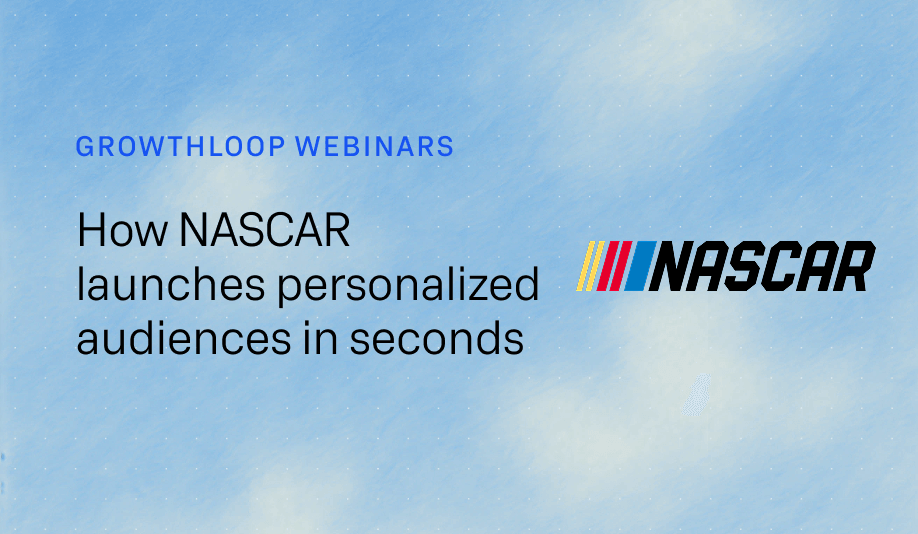How to get started with a one-to-one personalization strategy
Launching a successful one-to-one personalization strategy requires a thoughtful, step-by-step approach that combines clear objectives, robust data, and the right technology.
Here’s how marketers can get started:
1. Define your personalization goals
Think about what you want to achieve with one-to-one marketing. Are you aiming to increase engagement, drive conversions, boost retention, or improve customer satisfaction? Starting with clear goals and a few key use cases will guide your strategy and help measure success.
2. Collect and unify customer data
Gather data from all available sources, including website analytics, CRM, email, social media, and offline interactions. Integrate this data to build rich, unified customer profiles that capture behaviors, preferences, and purchase history.
3. Segment and profile your audience
Move beyond basic demographics by creating detailed customer profiles. Use behavioral, transactional, and engagement data to understand what motivates each individual. This granularity allows for more precise and relevant personalization.
4. Choose the right technology and tools
Select a personalization platform or solution that can analyze your data, trigger real-time personalized experiences, and deliver content across all channels. Look for tools that support omnichannel delivery and AI-driven recommendations for scalability. Platforms such as GrowthLoop let marketing teams launch dynamic journeys directly from their cloud data warehouse, reducing time-to-market.
5. Develop and launch personalized campaigns
Start small with a pilot campaign targeting a specific segment or use case. Personalize content, offers, and messaging based on your customer profiles. Test different variations to see what resonates best with your audience.
6. Measure, analyze, and optimize
Track key performance indicators (KPIs) such as engagement rates, conversions, and customer feedback. Use analytics to refine your approach, update profiles, and continuously improve your personalization efforts.
7. Iterate and scale
Personalized marketing is an ongoing process. Use insights from your initial campaigns to expand your strategy by:





